Name Janos Bolyai Role Mathematician | Siblings Anna Bolyai | |
 | ||
Born 15 December 1802Kolozsvar (Klausenburg), Transylvania, Habsburg Empire (now Cluj-Napoca, Romania) ( 1802-12-15 ) Books The Science Absolute of Space: Independent of the Truth Or Falsity of Euclid\'s Axiom XI Parents Zsuzsanna Benko, Farkas Bolyai Similar People Victor Babes, Farkas Bolyai, Lorand Eotvos, Andrei Marga | ||
Real face of j nos bolyai hungarian mathematician 1802 1860
János Bolyai ([ˈjaːnoʃ ˈboːjɒi]; 15 December 1802 – 27 January 1860) or Johann Bolyai, was a Hungarian mathematician, one of the founders of non-Euclidean geometry — a geometry that differs from Euclidean geometry in its definition of parallel lines. The discovery of a consistent alternative geometry that might correspond to the structure of the universe helped to free mathematicians to study abstract concepts irrespective of any possible connection with the physical world.
Contents
- Real face of j nos bolyai hungarian mathematician 1802 1860
- J nos bolyai
- Early life
- Career
- Personal life
- Legacy
- Works
- References
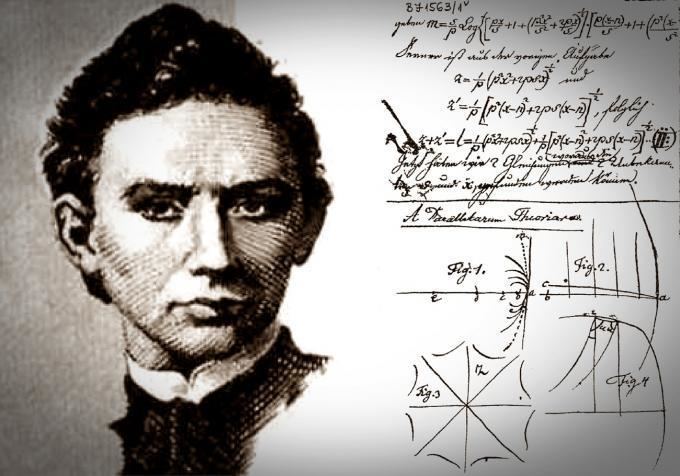
J nos bolyai
Early life
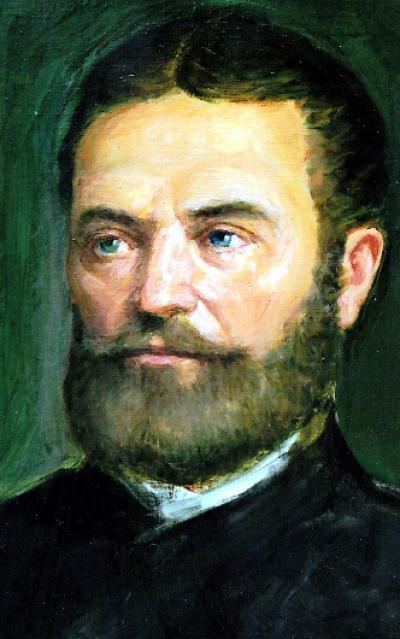
Bolyai was born in the Transylvanian town of Kolozsvár (Klausenburg), then part of Hungary in the Habsburg Empire (now Cluj-Napoca in Romania), the son of Zsuzsanna Benkő and the well-known mathematician Farkas Bolyai.
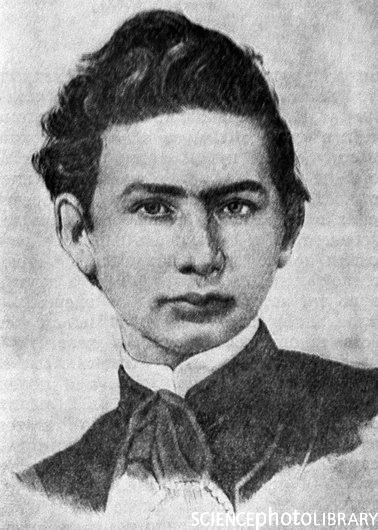
By the age of 13, he had mastered calculus and other forms of analytical mechanics, receiving instruction from his father. He studied at the Imperial and Royal Military Academy (TherMilAk) in Vienna from 1818 to 1822.
Career
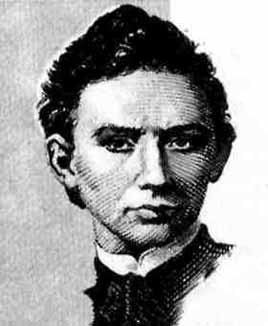
He became so obsessed with Euclid's parallel postulate that his father wrote to him: "For God's sake, I beseech you, give it up. Fear it no less than sensual passions because it too may take all your time and deprive you of your health, peace of mind and happiness in life". János, however, persisted in his quest and eventually came to the conclusion that the postulate is independent of the other axioms of geometry and that different consistent geometries can be constructed on its negation.
He wrote to his father: "I created a new, different world out of nothing."
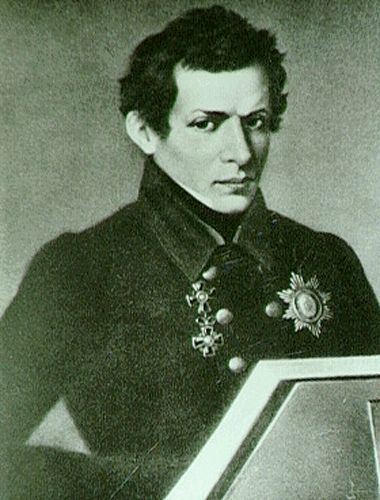
Between 1820 and 1823 he prepared a treatise on a complete system of non-Euclidean geometry. Bolyai's work was published in 1832 as an appendix to a mathematics textbook by his father.
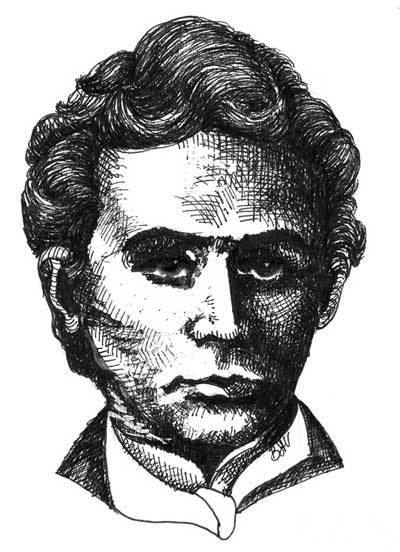
Gauss, on reading the Appendix, wrote to a friend saying "I regard this young geometer Bolyai as a genius of the first order". In 1848 Bolyai discovered that Lobachevsky had published a similar piece of work in 1829. Though Lobachevsky published his work a few years earlier than Bolyai, it contained only hyperbolic geometry. Bolyai and Lobachevsky did not know each other or each other's works.
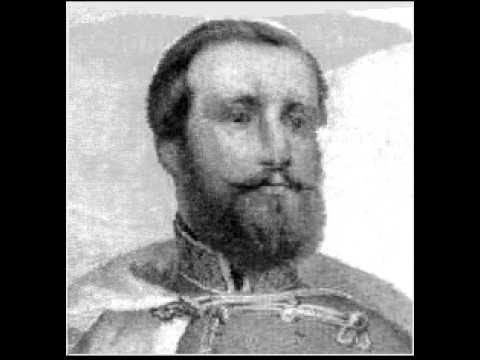
In addition to his work in geometry, Bolyai developed a rigorous geometric concept of complex numbers as ordered pairs of real numbers. Although he never published more than the 24 pages of the Appendix, he left more than 20,000 pages of mathematical manuscripts when he died. These can now be found in the Teleki-Bolyai Library in Marosvásárhely (today Târgu Mureş), where Bolyai died.
Personal life
He was an accomplished polyglot speaking several foreign languages. He learned the violin and performed in Vienna.
No original portrait of Bolyai survives. An unauthentic picture appears in some encyclopedias and on a Hungarian postage stamp.
Legacy
The Babeş-Bolyai University in Cluj-Napoca, that was established in 1959, bears his name, as does the crater Bolyai on the Moon and the János Bolyai Mathematical Institute at the University of Szeged. Furthermore, 1441 Bolyai, a minor planet discovered in 1937, is named after him; and many primary and secondary schools in the Carpathian Basin bear his name, e.g. Bolyai János Műszaki Szakközépiskola in Budapest, Bolyai János Gyakorló Általános Iskola és Gimnázium in Szombathely, Bolyai János Általános Iskola in Debrecen, etc. A street in Budapest, Hungary and another one in Timișoara, Romania is also named after him. The professional society of Hungarian mathematicians also bears his name. Bolyai is a minor character in the 1969 science-fiction/fantasy story "Operation Changeling", where his unique abilities allow the protagonists to navigate the non-Euclidean geometry of Hell.
There is also a mathematical award given out every five years named the Bolyai Prize.
